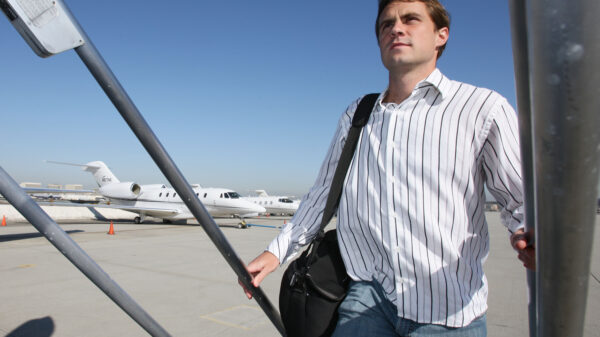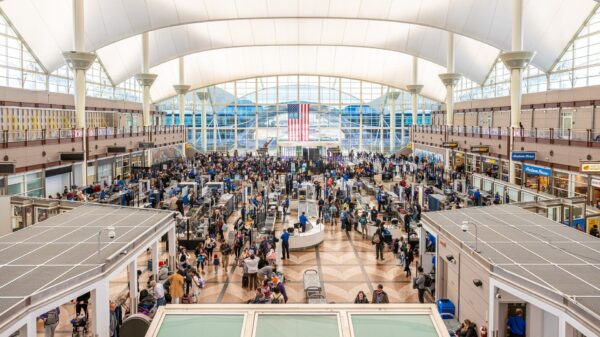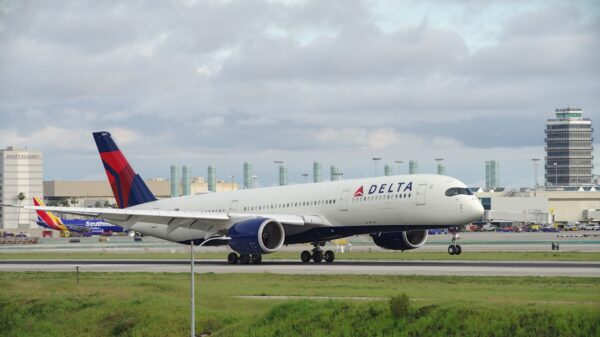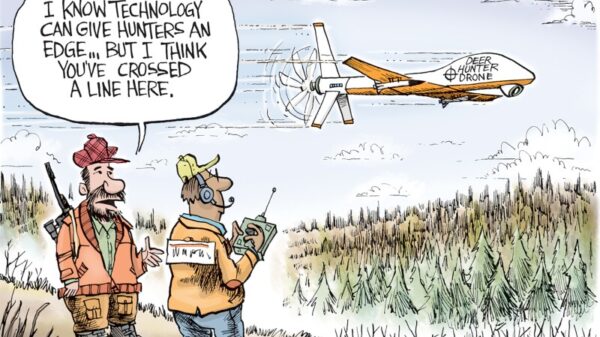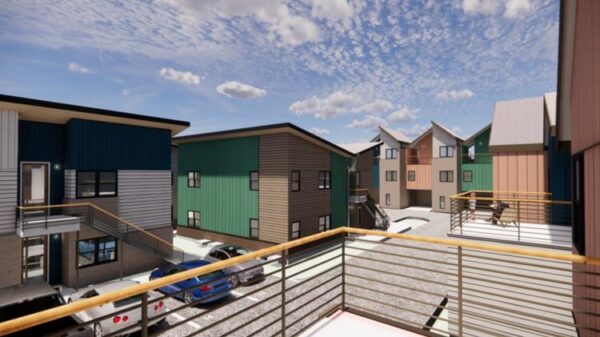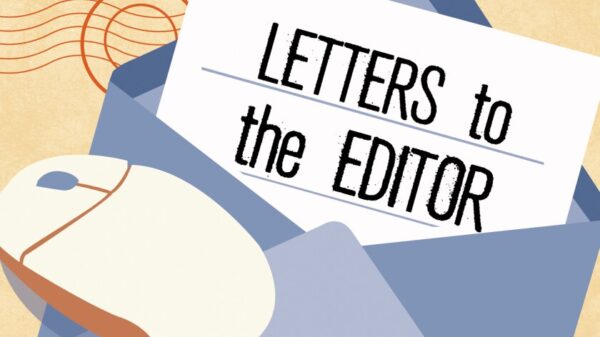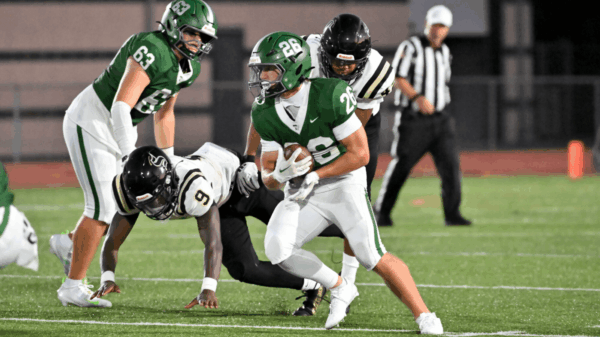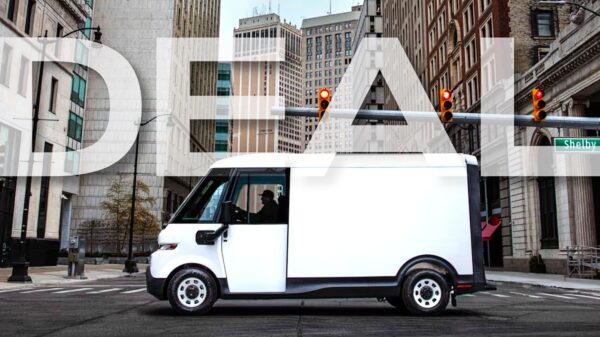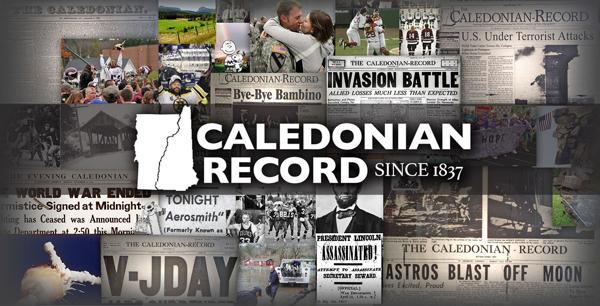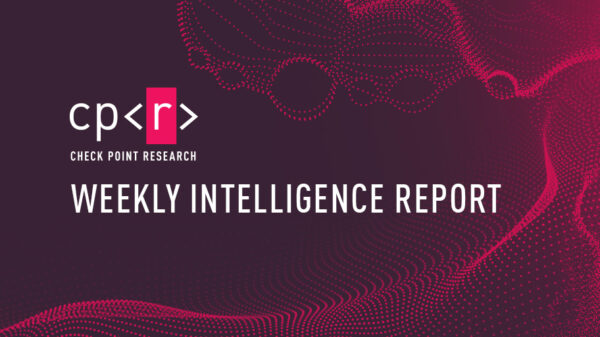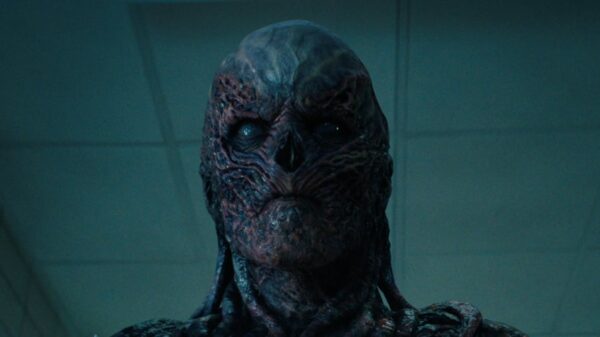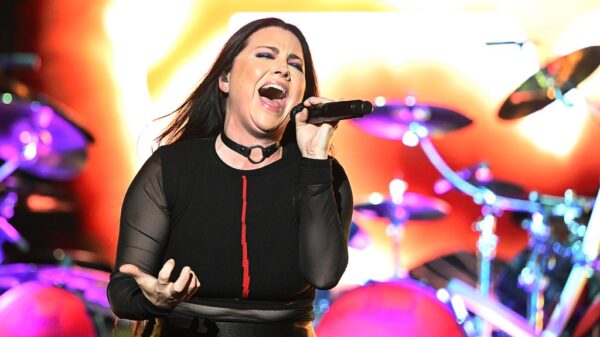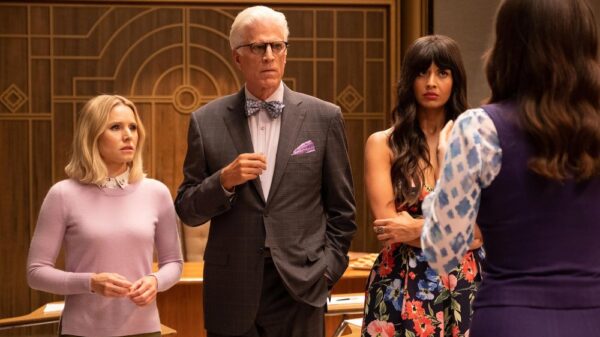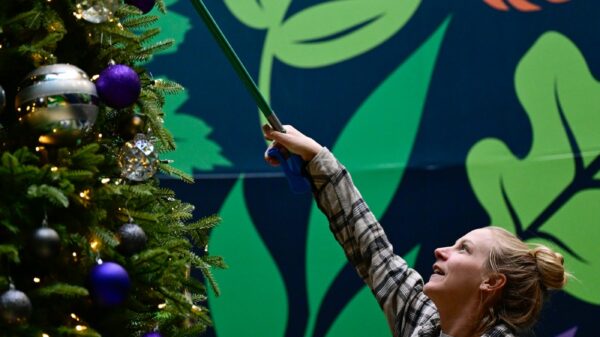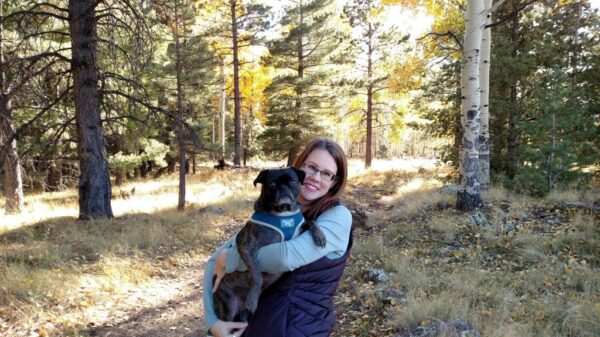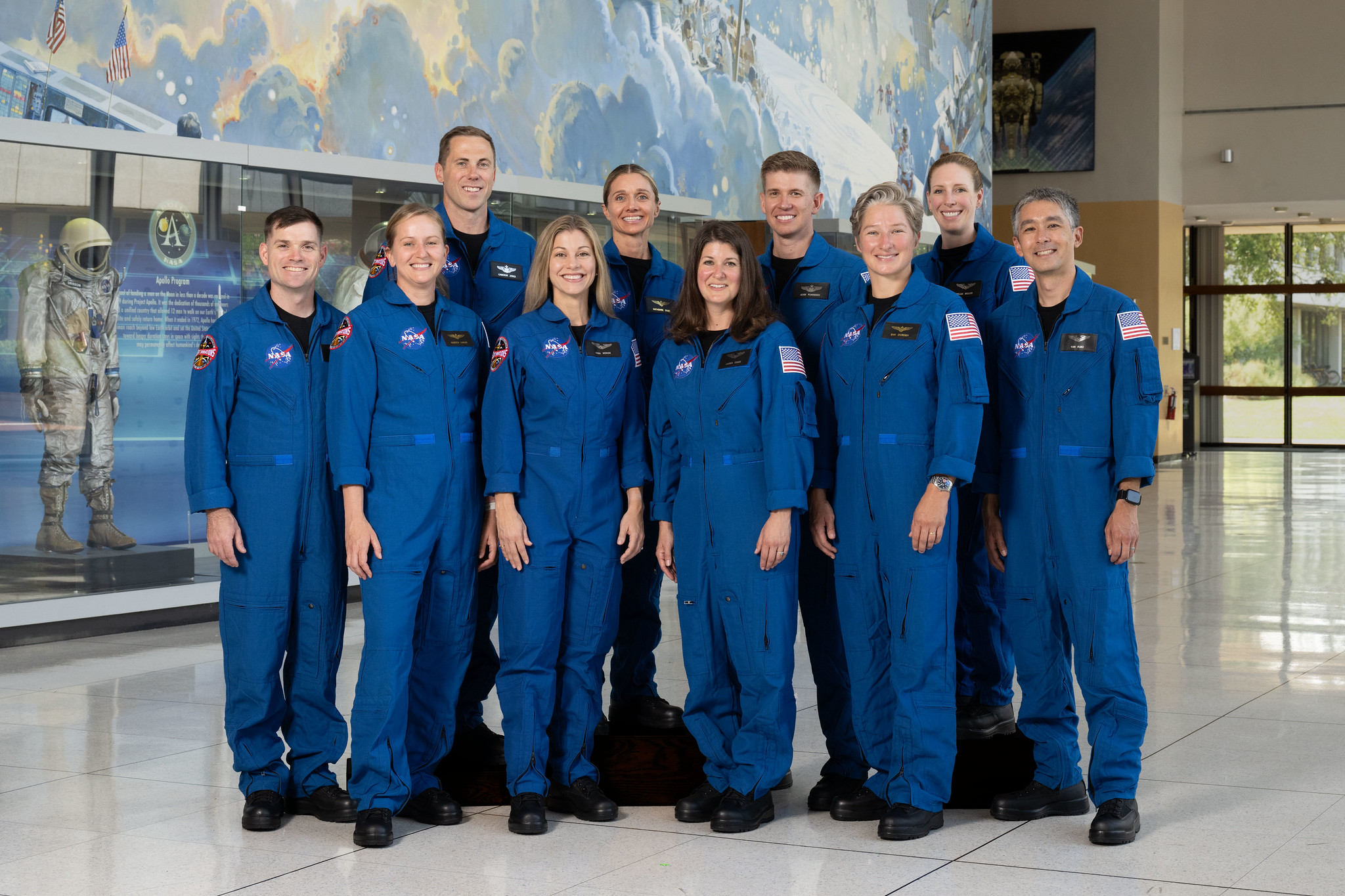NASA has introduced its latest cohort of astronaut candidates, known as Group 24, during a ceremony held at the Johnson Space Center on September 23, 2023. This group, comprised of ten individuals, marks a significant shift in the agency’s astronaut selection, reflecting broader changes within the space industry.
Among the new astronauts is Lauren Edgar, a planetary scientist at the U.S. Geological Survey. Edgar initially believed she had missed her chance when no call came on the day NASA was expected to announce selections. However, later that evening, she received a call from Joe Acaba, NASA’s chief astronaut, who inquired if she was still interested in joining the astronaut corps. “Of course, I said, ‘Absolutely,’” Edgar recounted during an interview shortly after the ceremony.
Diverse Backgrounds and Experiences
Group 24 stands out not only for its composition but also for the experience its members bring. This is the first astronaut class in which women outnumber men, with six women among the ten candidates. Notably, one of the women, Anna Menon, has prior spaceflight experience, having flown on the Polaris Dawn private astronaut mission.
NASA Acting Administrator Sean Duffy described the new recruits as “our new cast of astronauts,” emphasizing the evolving nature of the agency and its astronaut program. The diversity of backgrounds—including pilots, scientists, engineers, and medical doctors—mirrors societal changes and the expanding opportunities for space exploration beyond NASA’s traditional programs.
As the space landscape transforms, the astronaut corps faces new challenges. The International Space Station (ISS), previously a primary destination for astronauts, is scheduled for retirement in 2030. By the time the new class completes its two-year training, it is likely that their opportunities to fly to the ISS will be limited. While commercial successors to the ISS promise future missions, the exact number of flight opportunities for NASA astronauts remains uncertain given recent shifts in NASA’s support strategies.
Adapting to Future Missions
Despite the changes, enthusiasm remains high among the new astronaut candidates. Edgar, who developed her interest in space exploration in second grade after witnessing a space shuttle launch, has a wealth of experience in the field. She has worked on Mars rover missions and served as the deputy principal investigator for the Artemis 3 geology team. Although she applied for astronaut positions in previous selection cycles without success, she gained valuable insights while serving as a geology instructor for those classes.
While Edgar acknowledges the exciting potential of future Artemis missions, she maintains an open mindset regarding her astronaut journey. “Everything in NASA’s portfolio right now sounds pretty exciting,” she stated, highlighting her interest in both ISS research and Artemis missions. With a limited number of mission opportunities on the horizon, flexibility and patience have become essential qualities for contemporary astronauts.
As NASA’s new astronaut class embarks on this journey, they must be prepared for a waiting game, whether it involves anticipating training progress or awaiting flight assignments. The evolution of NASA’s astronaut program reflects not only the changing landscape of space exploration but also the resilience and adaptability of those who aspire to reach the stars.



